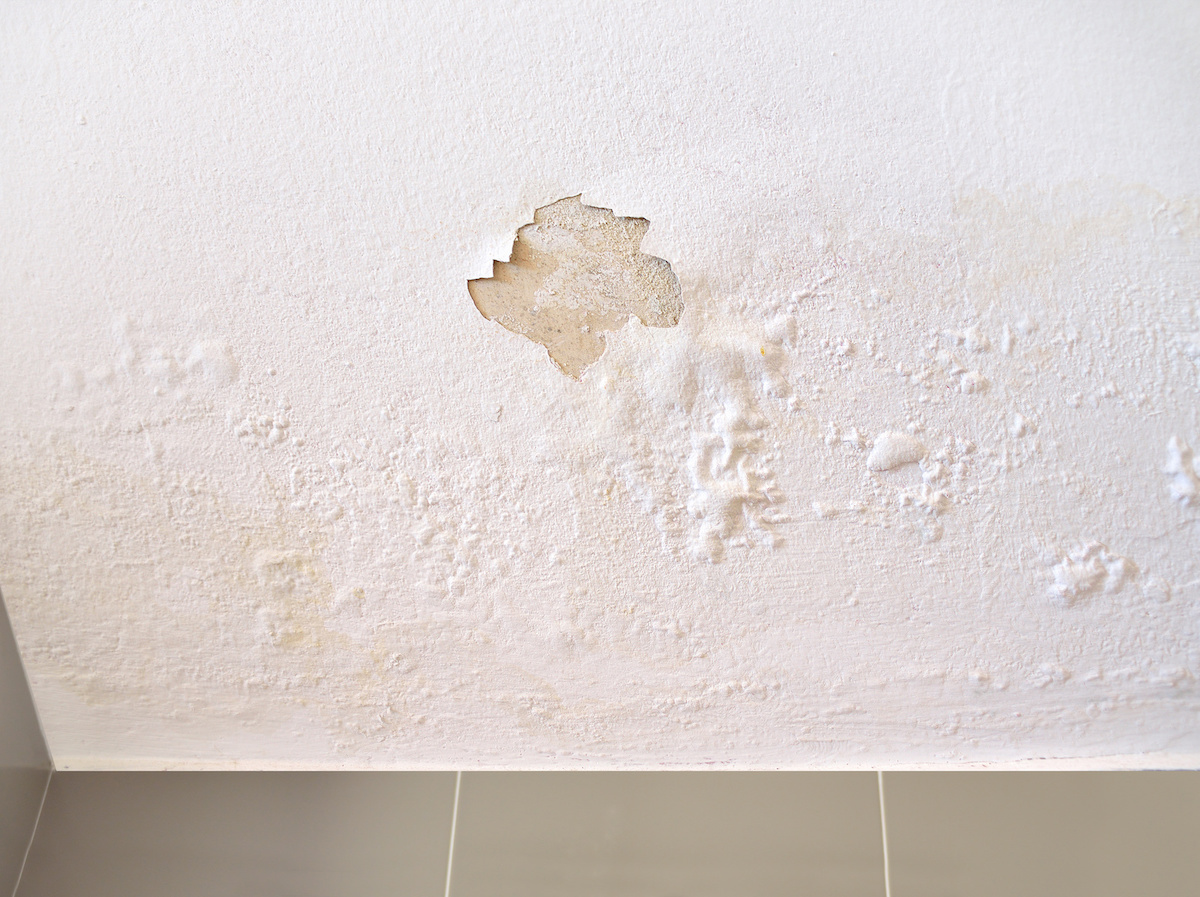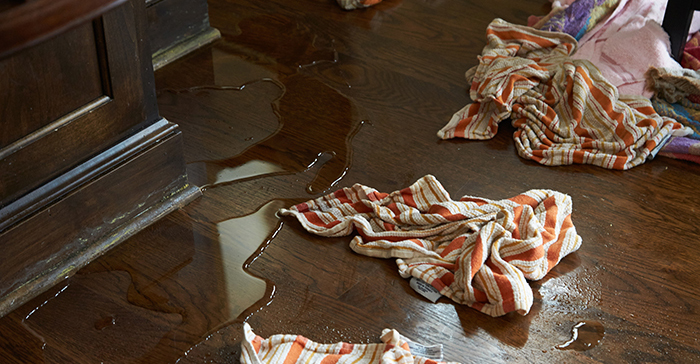Are you hunting for know-how about Common Causes of Water Damage in a Bathroom?

The shower room is very susceptible for damp accumulation and possible water damages because of the regular use water in it. This post uses easy inspection strategies to assist finding water damage risks.
The frequent use water in the shower room makes it incredibly prone for damp accumulation and also prospective water damage. By checking it consistently, you can minimize water associated damages.
The adhering to set of inspections is very easy to carry out and must be done when in every 3 months in order to maintain your restroom healthy as well as to prevent possible water damages brought on by the bath tub, the shower, pipe joints and also plumbing, sinks, cupboards, and the bathroom
Do not neglect executing these assessments and be detailed while performing them. Bear in mind that these simple evaluations can conserve you a lot of cash by providing very early indications for water damages
Sinks and Cabinets
Sinks as well as closets are subjected to wetness and also humidity day-to-day and are usually neglected. Evaluate routinely under the sink and on the counter top over it. Repair any type of drip in the catch as it may recommend drainpipe issues. Check out the sink, slow draining pipes might indicate a blocked drainpipe. Replace sink seals if they are broken or loosened.
Bathtub as well as Shower
The shower and also bathtub require special interest and also maintenance. Inspect the floor tiles and replace if split. See to it that there is no missing grout between the ceramic tiles. Check and also replace broken caulking at joints where the wall surfaces fulfill the floor or the bathtub. Blocked drains pipes and also pipes problems will avoid the tub from drying as well as might suggest severe issues underneath the bath tub. Consult with a specialist immediately to prevent structural damage. Pay attention to stainings or soft locations around the bath tub walls as they might show an inner leakage.
Plumbing
Signs for water damages are difficult to find considering that a lot of pipelines are set up inside the walls.
Pay unique focus to floor covering as well as walls moisture and stains as they might show an unseen plumbing problem. Examine dampness levels in adjoining rooms too.
The Commode
The bathroom is a prone water junction. Examine the water lines and also look for leaks around the bathroom seat, in the tube, as well as under the water storage tank. If you spot any indicators of wetness on the floor around the toilet, look for leakages in the toilet rim and also storage tank seals.
Know that hanging bathroom bowl antiperspirants boosts the possibilities for clogs.
10 TIPS TO PREVENT WATER DAMAGE IN THE BATHROOM
The average household uses approximately 80-100 gallons of water per person per day. For a family of 4, that's almost 2,500 gallons of water a week! The largest portion of this consumption comes from bathroom use. Flushing the toilet uses the most water, followed by taking a shower or bath. With that much water running through the home, water damage in the bathroom is bound to happen. Knowing how to spot signs of a water leak is essential to preventing long-term damage. This guide provides you with tips to reduce the impact of water damage on your bathroom.
CAUSES OF BATHROOM WATER DAMAGE
Pipe breaks are the most common cause of water damage we see in our daily jobs. The age of a pipe plays a large role in a pipe break as well as corrosion. Over time, the metal begins to break down, allowing water to escape. Frozen pipe breaks are also a concern in the winter months. Toilet overflows caused by paper products or children flushing inappropriate items. Degraded caulking around the toilet or bathtub can allow water seepage, sometimes behind the fixture, into the subfloor or walls. Condensation forms when the water in a pipe is cooler than the air temperature. Beads of water form on the exterior of the pipes, sometimes so much so that the water begins to drip and pool below. Sink or shower backups created by poor drainage. HOW TO PREVENT WATER DAMAGE IN YOUR BATHROOM
Inspect your toilet supply line for worn or frayed hoses and replace them as needed. Winterize your plumbing to prevent a frozen pipe break. Use vent fans to prevent condensation that can lead to mold growth. Routinely check and replace degraded caulking around your toilet or bathtub. Increase the temperature in your toilet tank and insulate your pipes during the warm summer months to keep condensation from forming. Use child safety locks on the toilets. Flush only toilet paper. "Flushable" wet wipes are actually not good for your plumbing system. Additionally, feminine hygiene products should not be flushed. Prevent water from escaping the tub or shower. Make sure shower curtains are in good condition. Inspect shower doors and replace the seal strip if necessary. Wipe up any water that accumulates on the floor and use bath mats. Water left to sit can cause damage to the tiles and flooring. Refrain from using bath products containing heavy oils to avoid a clogged drain.

We were brought to that write-up on How to Fix a Water Damage Bathroom through a friend on another web address. Enjoyed our write-up? Please share it. Help others check it out. Bless you for your time. Kindly pay a visit to our website back soon.
Schedule Your Service